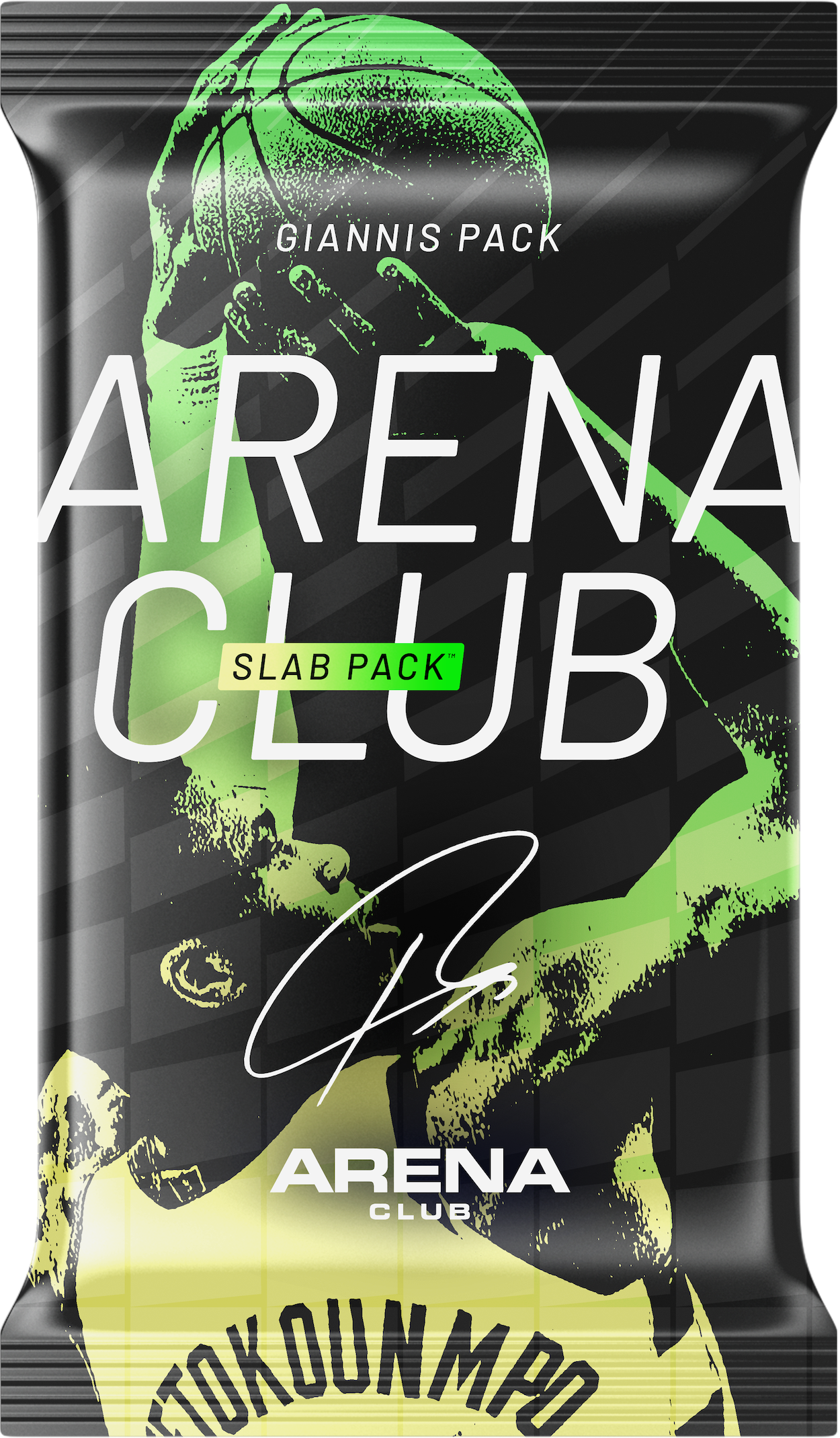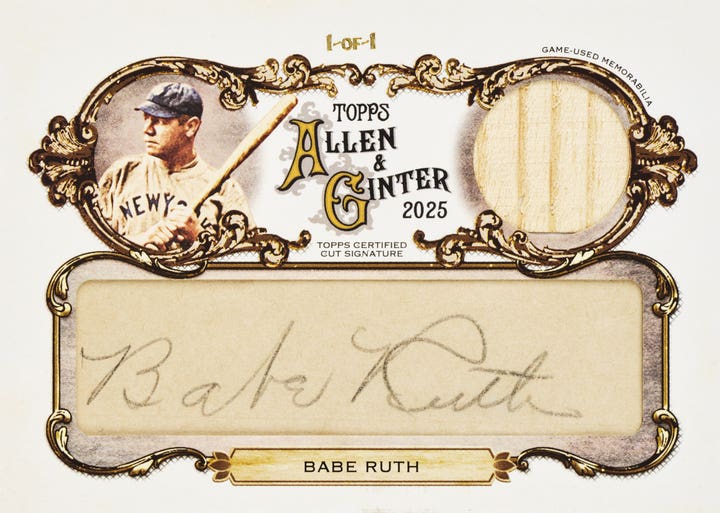Football
They All Came Together in 1970 Topps Football
By Doug Koztoski
Through the eyes of many pro football fans in 1960, the budding rivalry between the seasoned NFL and the freshly-minted American Football League must have seemed like a demolition derby between a fully-loaded 18-wheeler and a stripped-down Volkswagen bus.
But within a few years, the football landscape began changing. The AFL was like that little notice on a sideview mirror: “Objects are closer than they appear.”
By the mid-’60s, with more wide-open offenses than many of their NFL counterparts and a big TV contract, the rogue league with an expanding fan base now had a track record and some money to work with.
The lucrative TV deal meant the AFL could aggressively go after quality players, including college-proven stars. In early 1965, the University of Alabama’s star signal-caller Joe Namath signed with the New York Jets for a then unheard-of sum of $427,000. Serious merger talks between the leagues soon followed.
An agreement was announced in June 1966 that starting with the 1970 regular season, after the current AFL TV contract expired, all U.S. pro football would be played under one brand, so to speak.
With the two leagues having split the first four Super Bowls, the 1970 season opened with great fanfare, and the NFL could have been likened to a roaring monster truck named Pigskin Power that was on the road to consistently flattening other U.S. pro sports leagues in overall popularity for decades, especially on Sundays, Sundays, SUNDAYS!
When the 1970 Topps Football packs originally hit the store shelves, collectors had a shot at many big names in the first of two series of cards, including quarterback Len Dawson, the set-starter. The previous season, Dawson and his Kansas City Chiefs team beat the Minnesota Vikings in Super Bowl IV, the second straight championship for the AFL.
“The Dawson is a tough one,” said collector Paul Ratz, who owns two raw sets of the 1970 Topps issue and a graded one in mostly PSA 8 condition. “The set is plagued by many miscuts,” added Ratz. “The white borders on the front are so small they don’t leave you a lot of room to find nicely centered cards.”
Running back legend Gale Sayers, who was a 1965 first-round draft pick by both the AFL’s Chiefs and the NFL’s Chicago Bears (the team he went with), also appears in the 132-card first series, along with Bob Griese, Bart Starr, Ray Nitschke and Fran Tarkenton, among a few other Hall of Famers.
“Starr and Nitschke and other (1970) Packers sell well,” said Mike Thomas of www.vintagefootballcardgallery.com.
The three top rookies in the initial series, meanwhile, are Alan Page, Bubba Smith and the set’s main draw, O.J. Simpson (No. 90).
“I love Alan Page’s rookie card,” said Ratz. “It is my favorite (in the set) by far.” The collector is a lifelong Vikings fan, and Page played defensive tackle for several years with the Vikes.
Gear shift
The 132-card first series is a little easier to find than the 131-card second series, but a double-printed Series Two checklist (No. 132) seamlessly hinges the two sides of this 1970 Topps issue.
As the first series of ’70 Topps gridiron cards initially found their way into collector’s hands, “Monday Night Football” debuted on ABC-TV. Likely to bolster the inaugural MNF broadcast, the network scheduled the charismatic and strong-armed Namath and the New York Jets in the contest. Virtually from the start, MNF became one of the most highly rated on-going network prime-time TV shows.
Namath, who led the Jets over the Colts in Super Bowl III, one of the biggest upsets in NFL history, ended up in the second series of Topps cards, likely to keep collector interest a bit higher as the season progressed.
“The (1970) Namath card is very popular,” said Thomas. “He is popular no matter what the year.”
Also in the higher-tier of interest for the back half of the set: Johnny Unitas, Dick Butkus and a second-year Larry Csonka. “The Unitas is hard to find centered,” Ratz commented.
Second series rookies of note include Tom Dempsey, Hall of Famer Tom Mack, Fred Dryer, who also went on to have a successful TV-acting career, and running back Calvin Hill (No. 260).
One of Dempsey’s brightest moments in an NFL uniform took place in November 1970 against Detroit. With two seconds left, the kicker, who was born missing his right hand and with a clubbed right foot, ultimately his kicking foot, made a 63-yard field goal to win the game. That successful field goal distance is still the longest in NFL history, tied by just a few in recent seasons. However, Dempsey was the first to nail it.
Like Lance Rentzel (No. 113), another Dallas Cowboy, the Calvin Hill card appears in two versions: One with his name in red on the card front and others where the name is in black. Both the Rentzel and Hill “black” variations are among just a handful of cards that currently appear five times or less in PSA 9 in the grading company’s Population Report. The others: Bobby Bell (No. 154), Walt Sweeney (No. 173) and Karl Noonan (No. 223). The Noonan card, by the way, also has two PSA 10s. In comparison, most 1970 Topps regular football cards have at least PSA 9 population numbers in the double digits.
“This was the first set I ever completed as a kid,” said Thomas of the 1970 football issue. “The last card I couldn’t get (for the longest time), was Greg Cook (No. 235).” Cook was a highly-touted Bengals quarterback who never fully recovered from an injury in his impressive first season (1969).
Rearview mirror
Thomas noted that the 1970 set attracts average interest in the hobby, especially when compared to the football sets that came a few years before and after it.
Nonetheless, some collector’s enthusiasm for the 1970 issue will never tire.
The set’s last card, by the way, features Chiefs veteran offensive tackle Jim Tyrer, his last name pronounced like the rubber that surrounds a vehicle’s wheels. Wheels, in this case, that once absorbed many a bump in the road for a VW bus of sorts that was the AFL.
Super Size Me
A popular offshoot of the 1970 Topps football base set is the 35-card Supers. At about 3-1/8-by-5-1/4 inches, these oversized cards, originally sold in packs of three for a dime, share the same card back format and information of the regular ’70 set, but they have different images on the fronts.
These cards have rounded corners and are about five times as thick as a normal card. The player selection is much like the Super Glossy insert set that year, with Simpson the key rookie.
The last seven Supers are shortprints: Tommy Nobis, Bob Hayes, Joe Kapp, Daryle Lamonica, Namath, George Webster and Griese. The Namath (No. 33) is the most sought card in the set.
Ratz said the Super card backs “commonly have edge wrinkles.” He added that in 2012, a full 24-pack box of Supers sold on eBay in the $1,100-$1,200 range.
Bonus Round
The 1970 Topps football first series packs included insert posters. These approximately 8-by-10-inch folded posters hold mild interest for the average collector today, mainly due to a general lack of star power in the issue and the colored illustrations look too generic for many hobbyists.
The 24-poster set does have some stars: Lance Alworth, Butkus, Sayers and a couple of others, but the issue lacks most of the big quarterbacks of the time – the Rams’ Roman Gabriel is the one high-profile QB of the set.
The Super Glossys, the Series Two inserts, are a collector favorite.
“I just love to try and put this set together,” said Ratz. “It’s so shiny, so vibrant, it was way ahead of its time. With that glossy finish, it looks like spilled butter (on the cards).”
Collector John Reed, who owns several Super Glossys in PSA 9 and 10, is drawn to the set for similar reasons. “It has amazing color patterns, pastels and vibrant shades,” said Reed.
Added Thomas of the 33-card issue, “Those are really popular, especially the Starr, Unitas and O.J. (Simpson).” The set also contains Dawson, Griese, Jurgensen, Namath and Tarkenton.
Ratz noted that the average glossy insert, about the size of a credit card, can present condition issues. “They are cut all over the place,” he said. “To find a card nicely centered both back and front (not to mention ‘diamond cuts’) is not easy. The backs can chip and the glossy borders peel and crinkle.”
Reed said that seven of the inserts have yet to earn a PSA 10 grade.
Doug Koztoski is a frequent contributor to SCD. He welcomes comments and questions about the article at kozpro20@hotmail.com.








